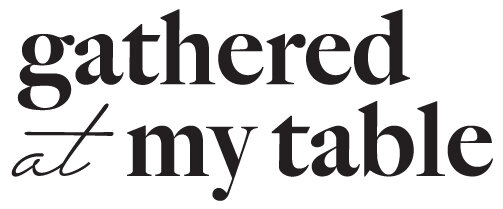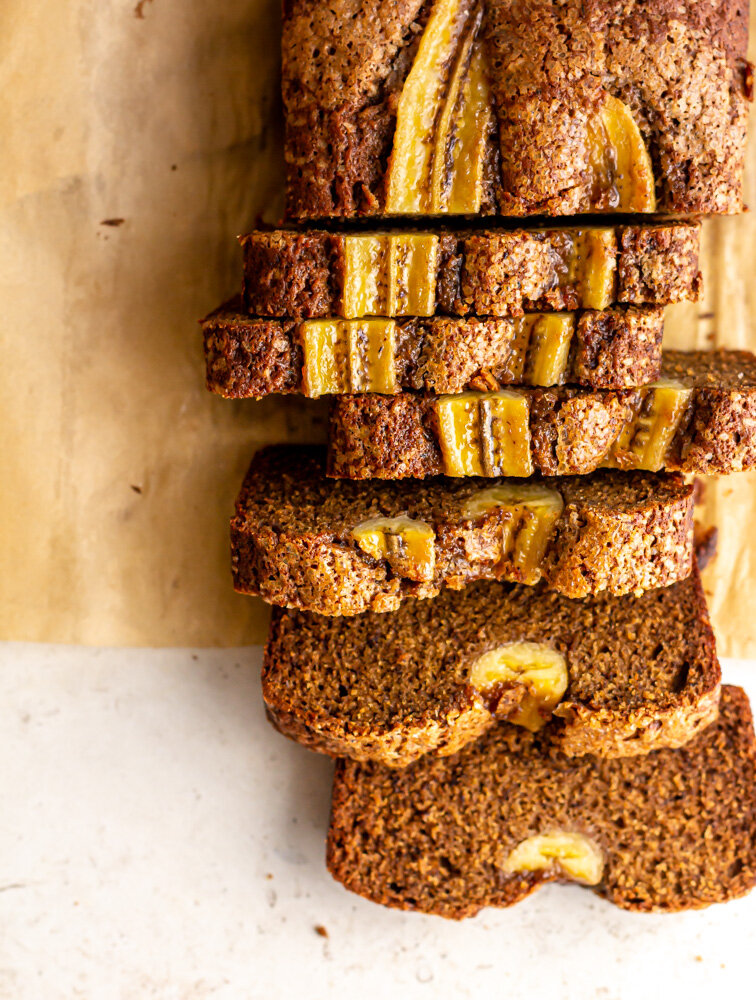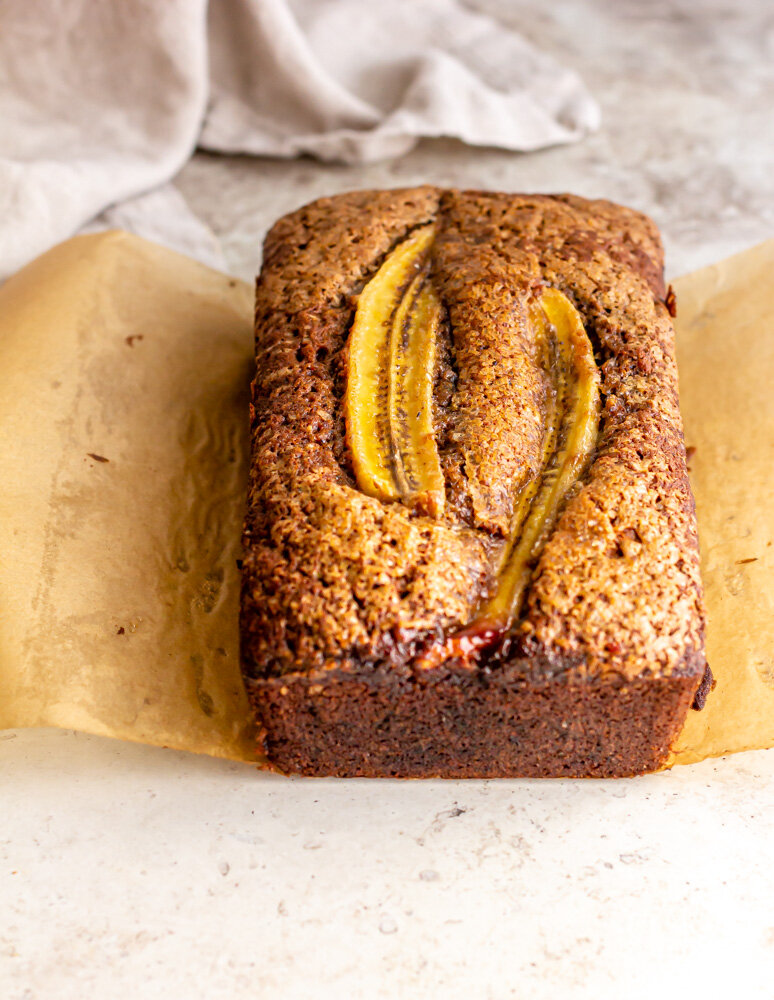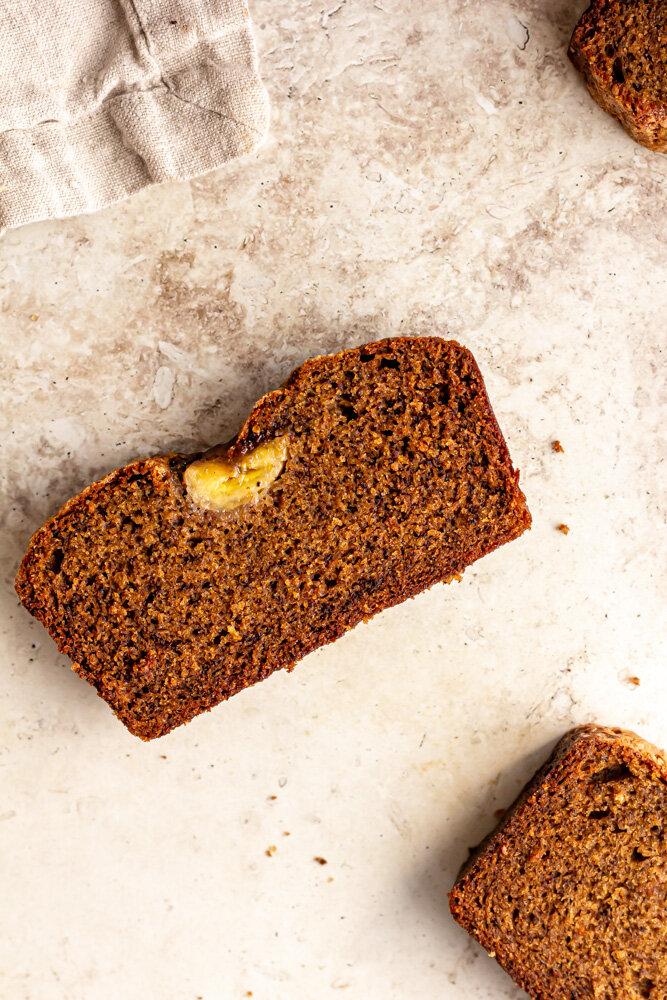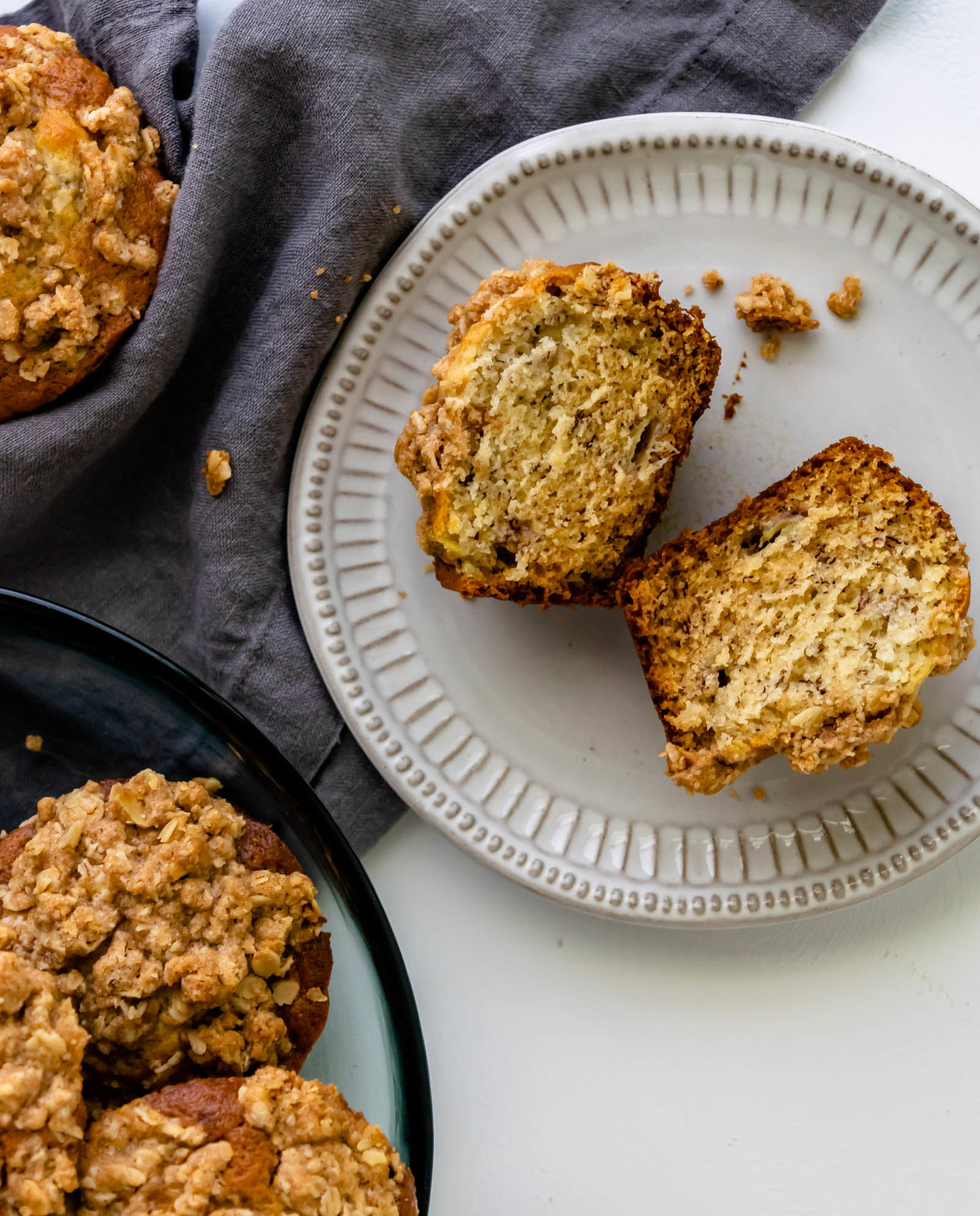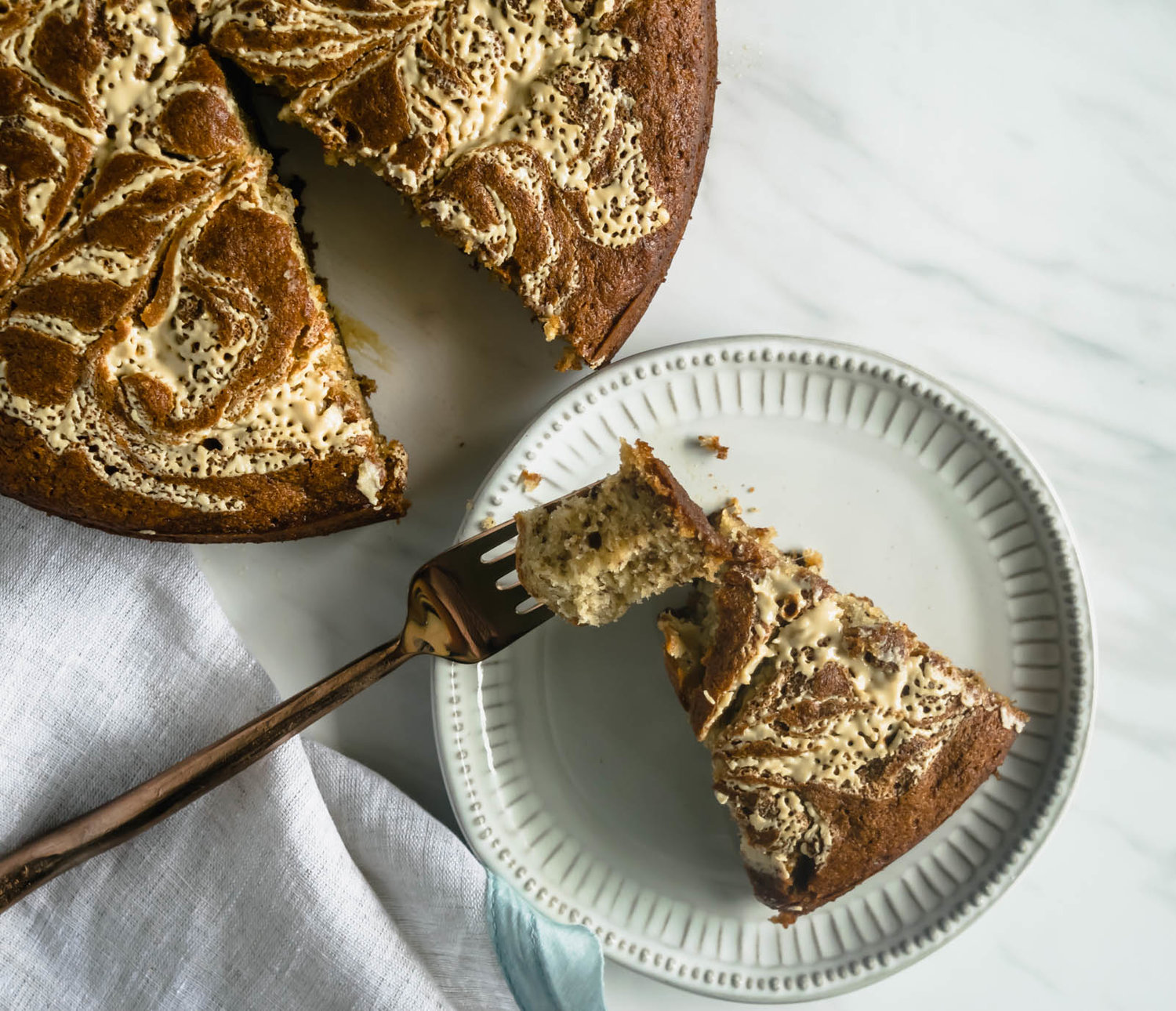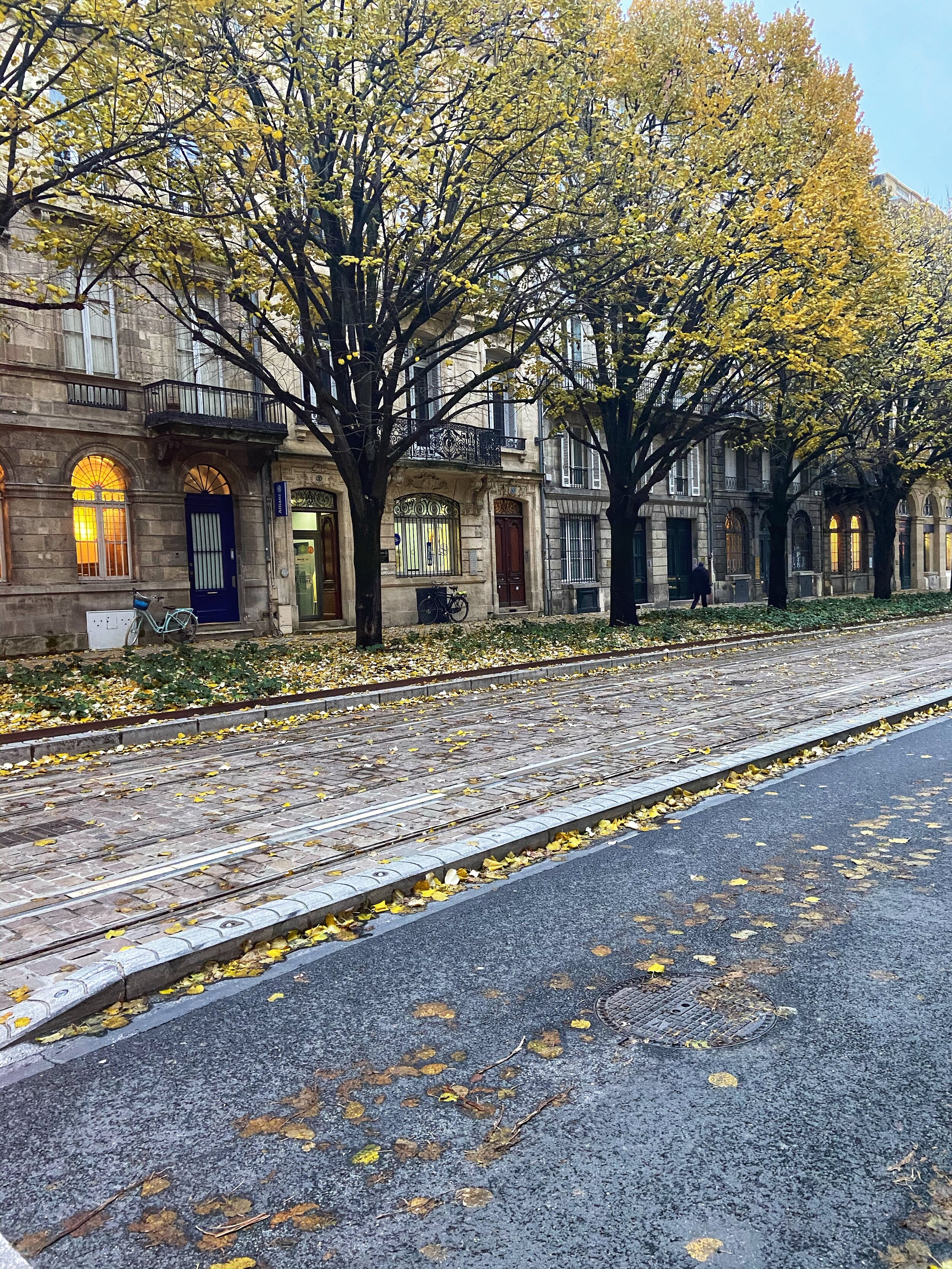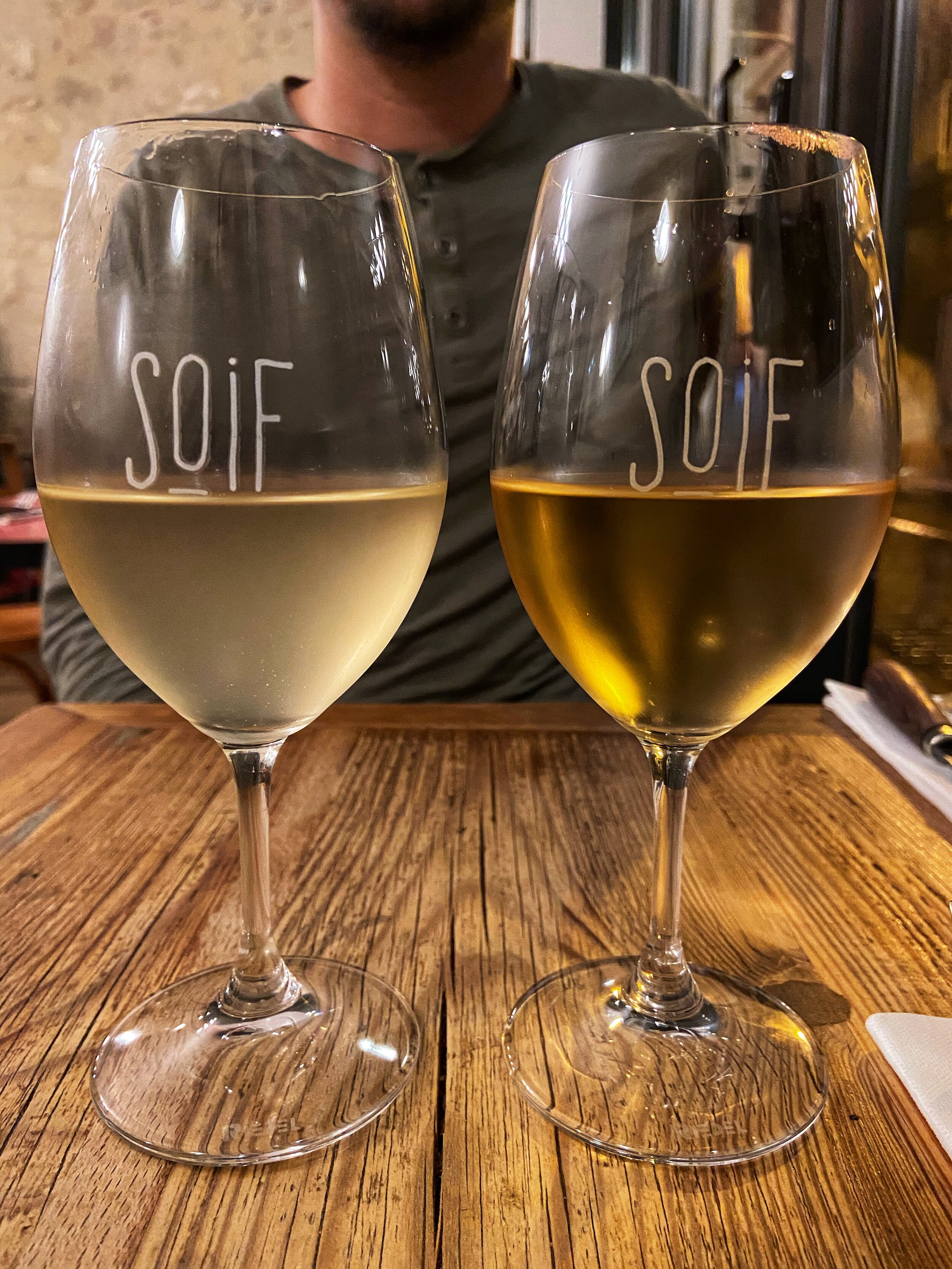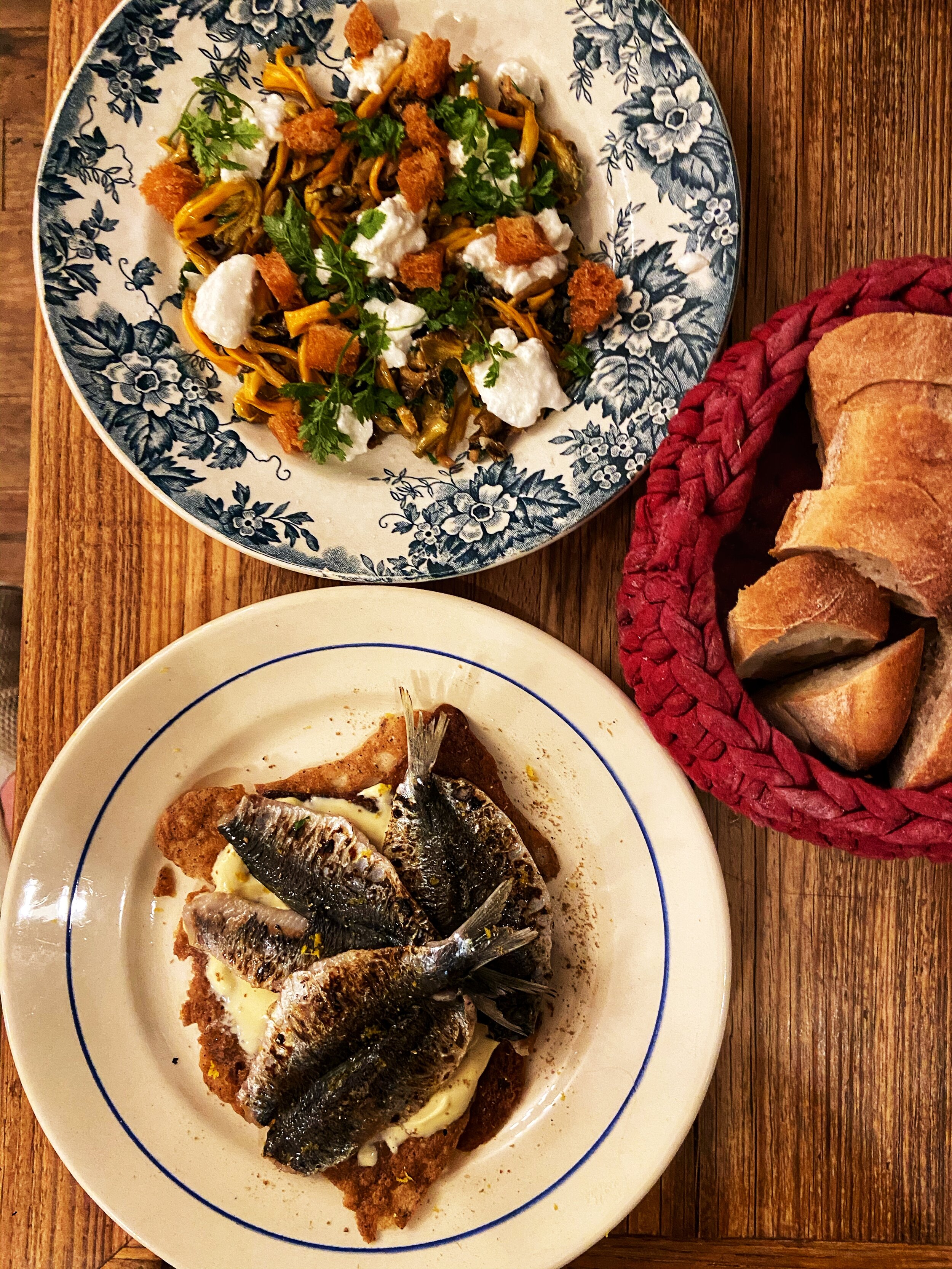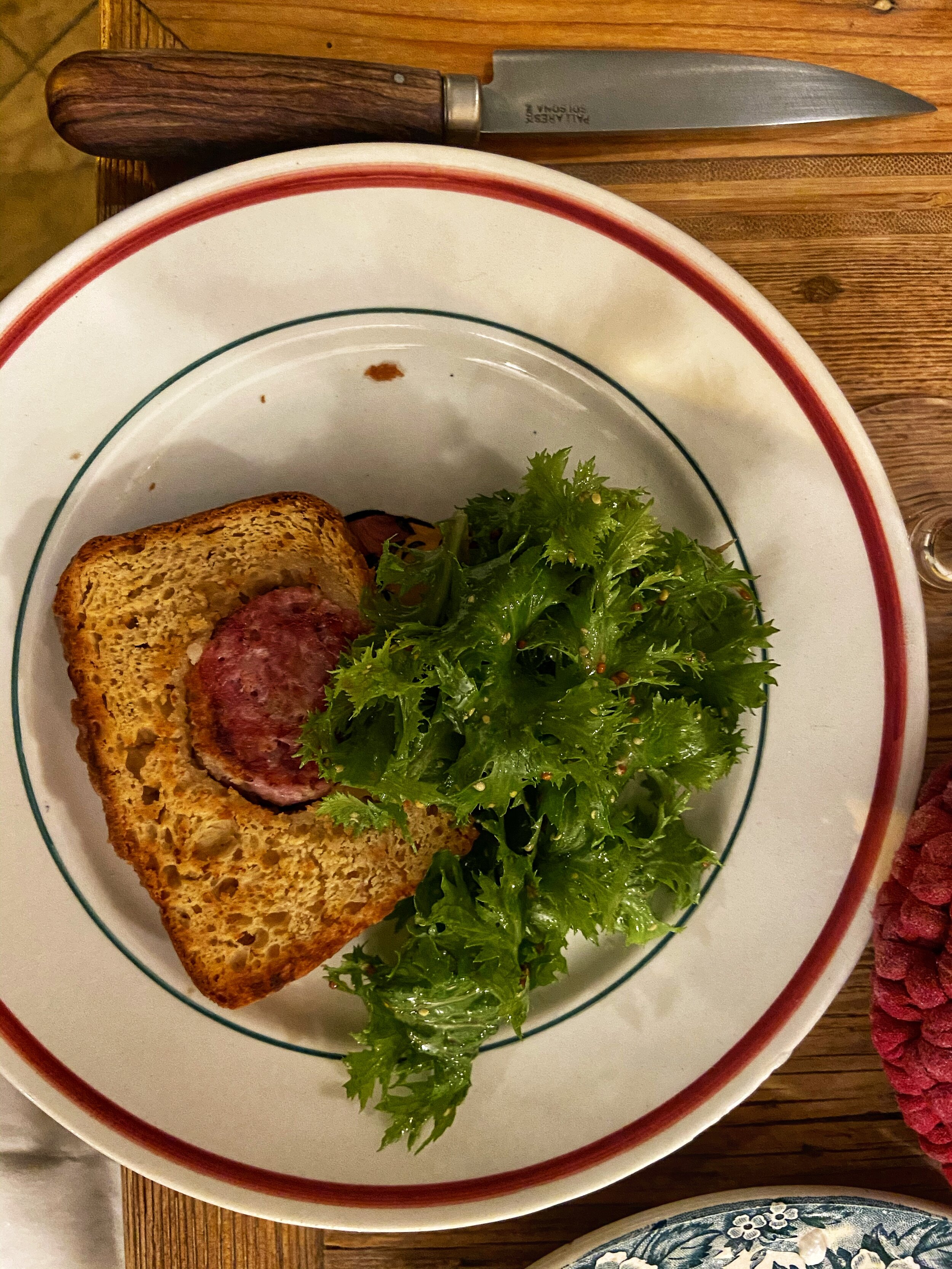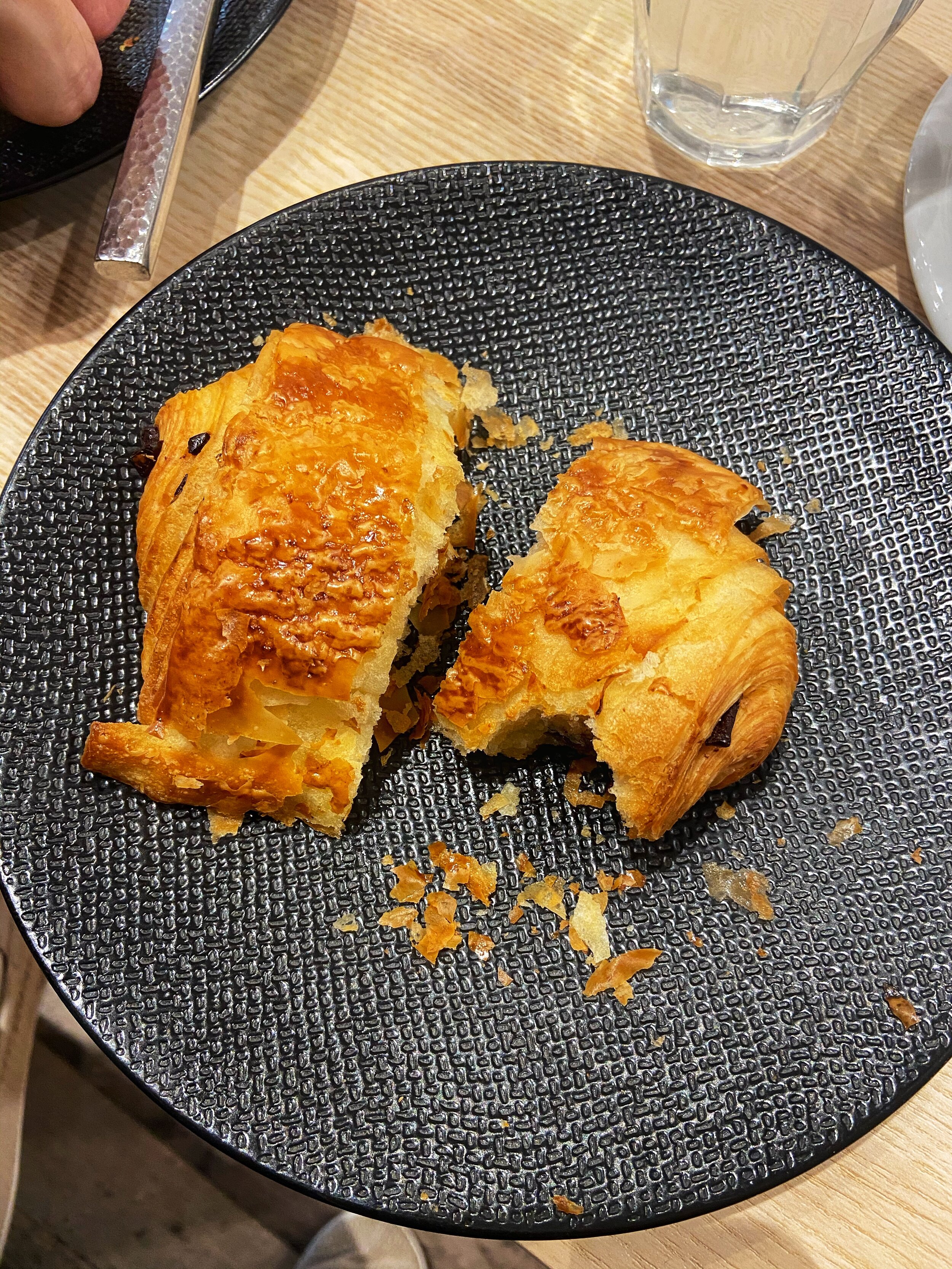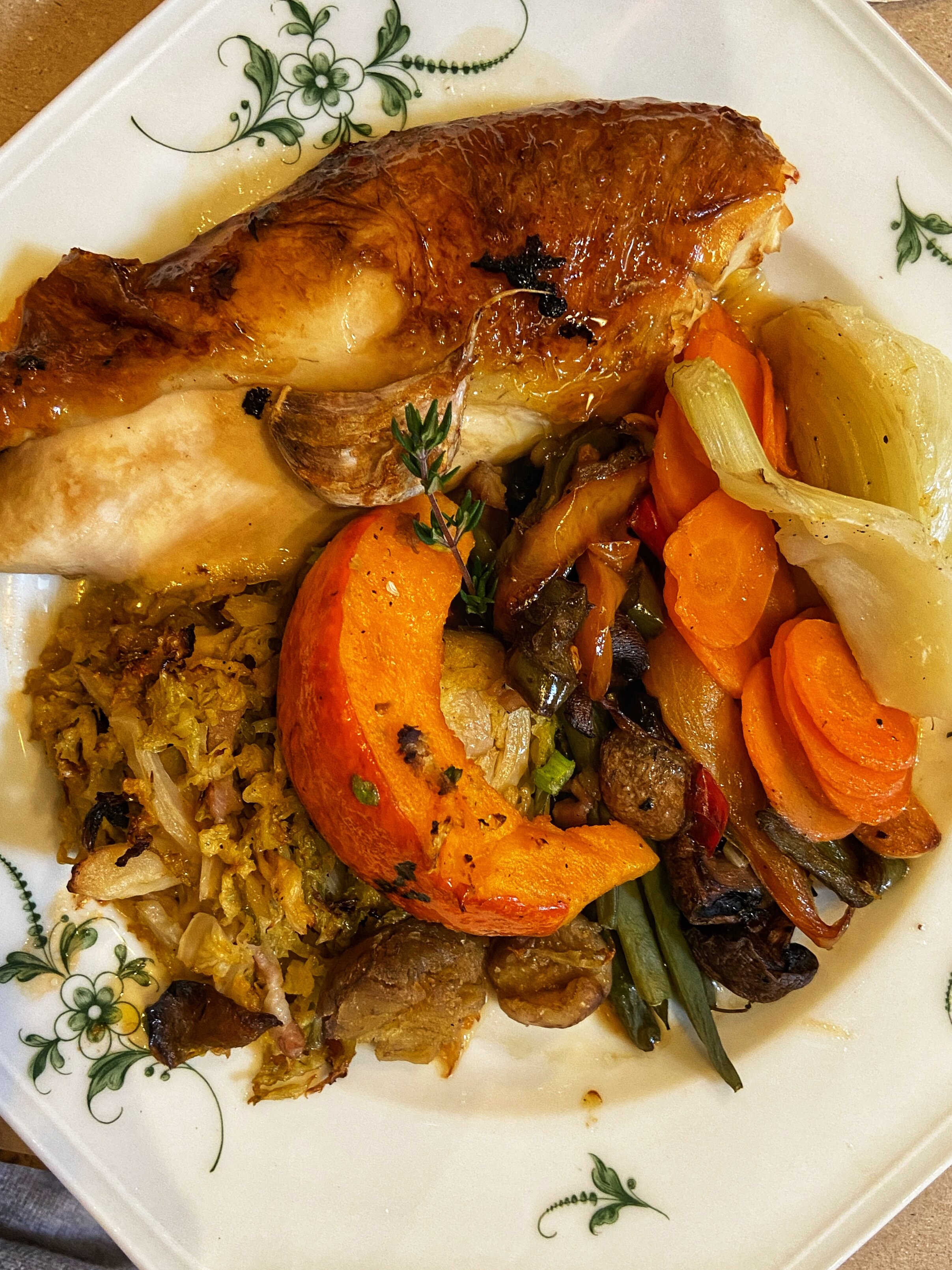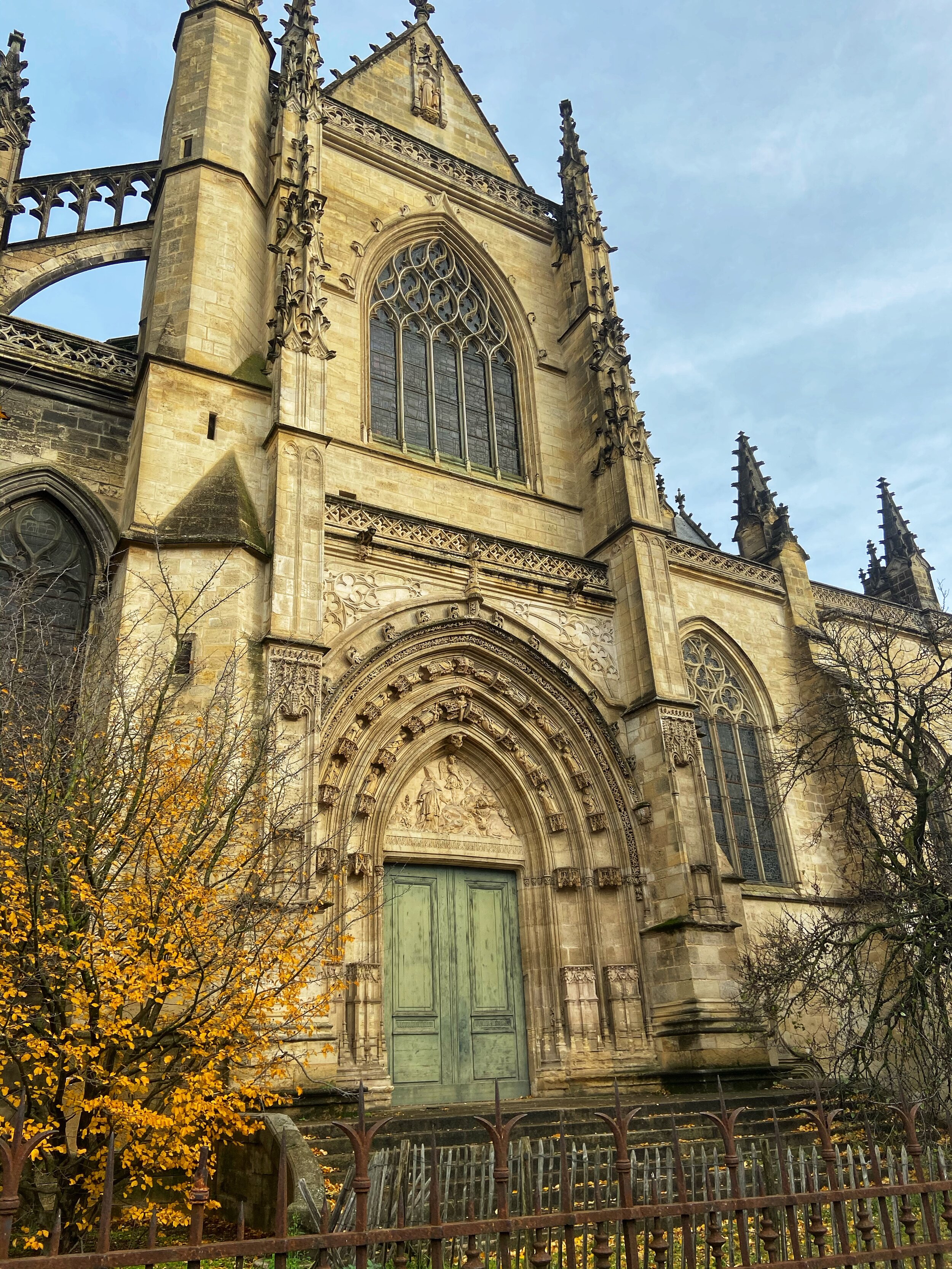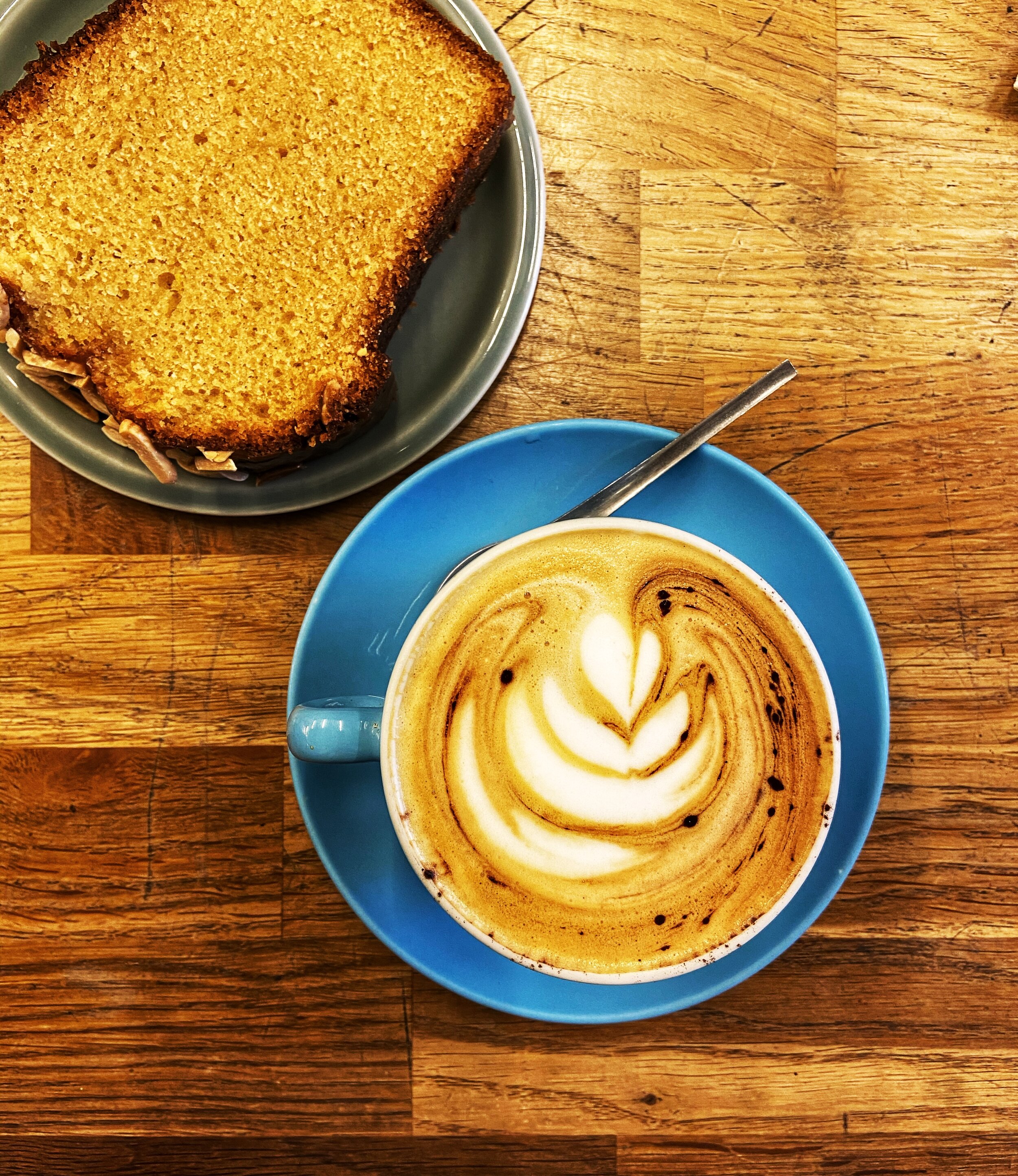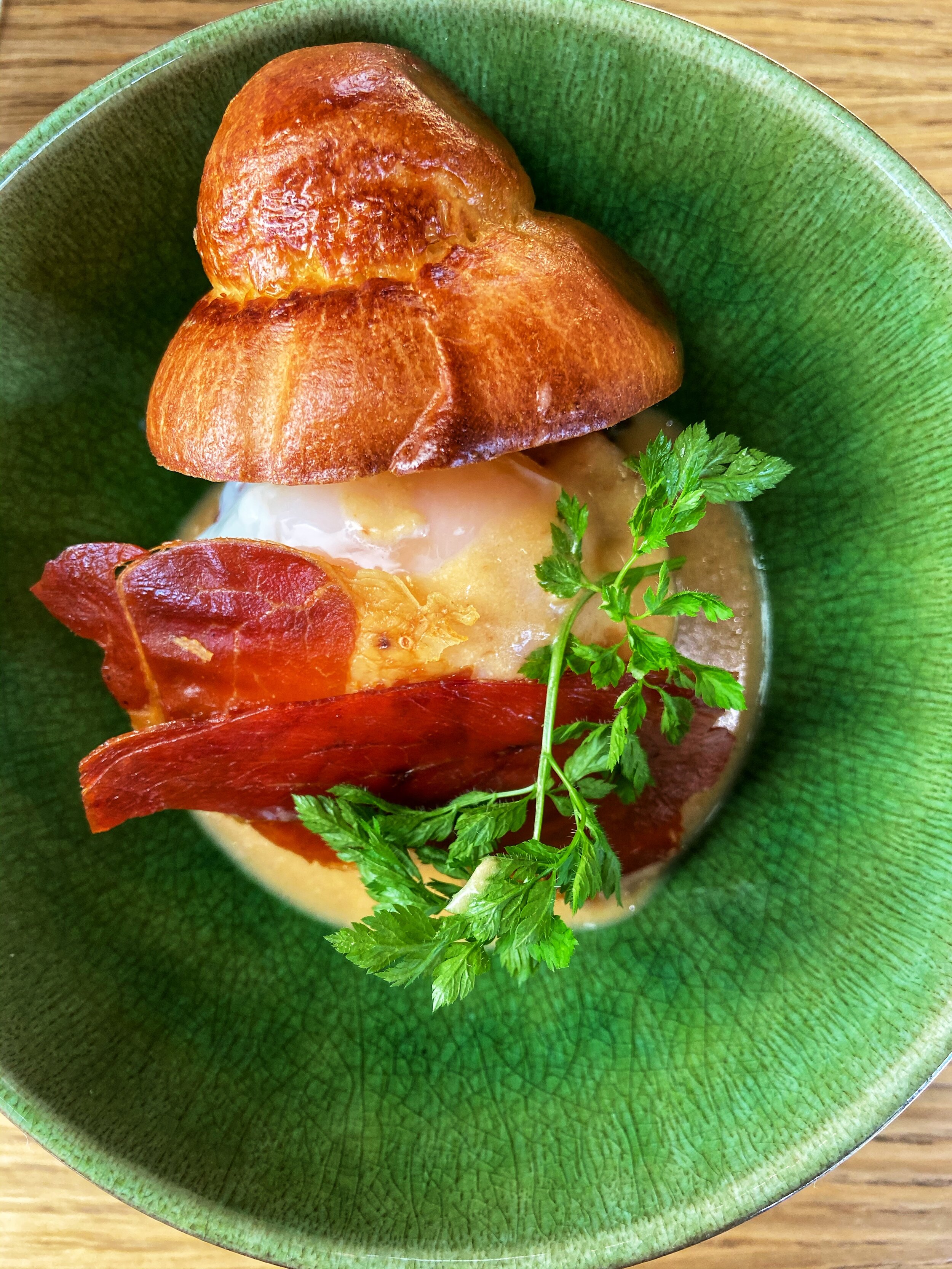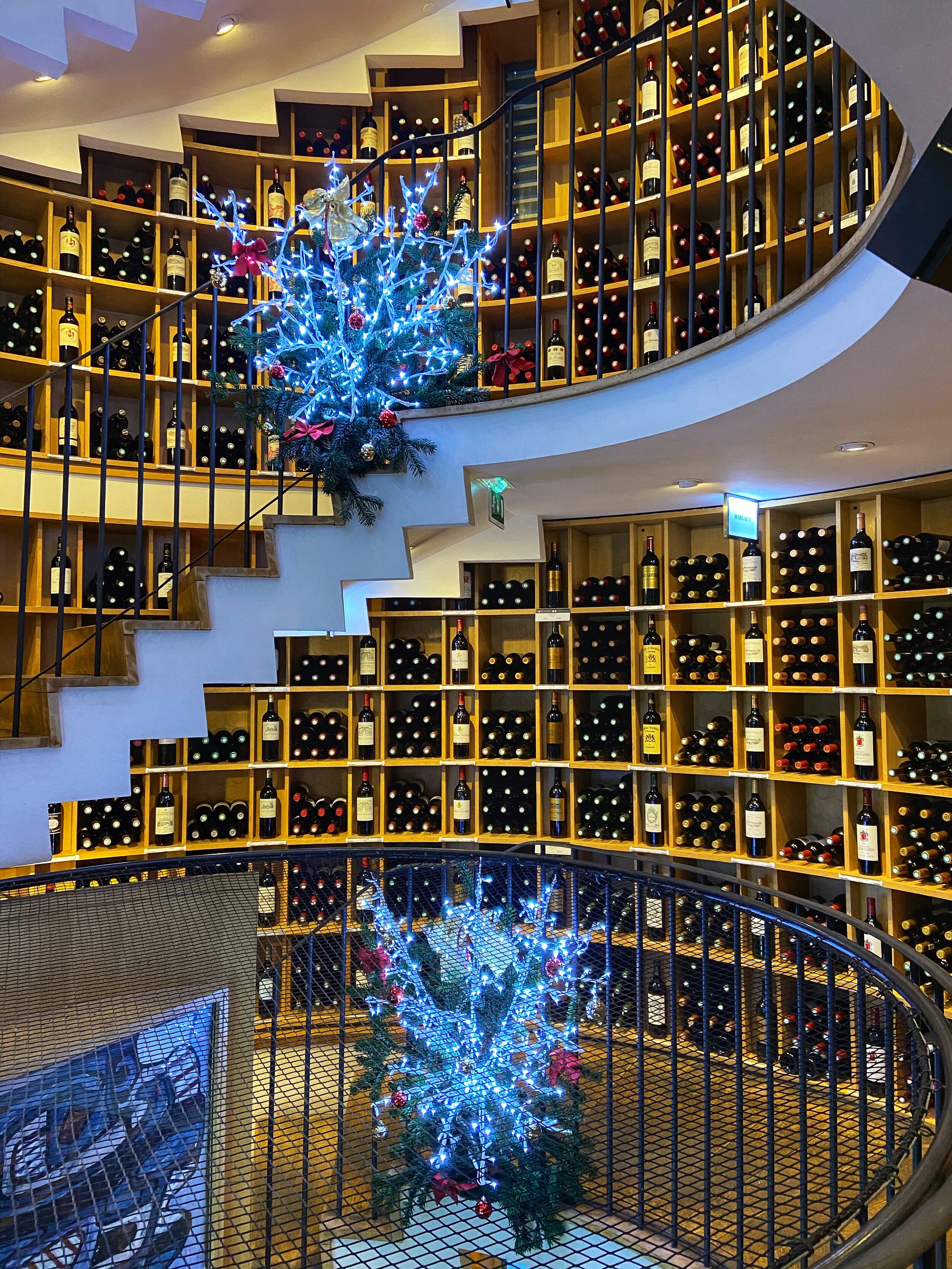Ingredient Spotlight: Sugars
/Before we get started here, go to your Spotify, Pandora, Amazon Music etc… and play Def Leppard’s “Pour Some Sugar On Me”. I’ll wait. I’ve had that song stuck in my head on repeat throughout all of my research process (and really every time I think about writing this post) so, there. Now it can be stuck in your head too.
The subject of sugar in baking is a broad, chemistry-filled one and I’m going to do my very best to explain it in a way that helps you understand their role at a fundamental level without weighing you down with too much science. We will not be revisiting 10th grade chemistry, I promise.
Sweeteners, as we will call the big broad umbrella category from here on out, can be broken up into two categories— dry sugars and syrups. The chemistry behind each category is a little different which significantly affects the way each works in a baked good.
What exactly is sugar?
There are five different types of sugar—lactose (generally found in dairy products), maltose, glucose, fructose (found in fruits), and sucrose. Essentially, anything with an -ose ending refers to a sugar, but the word sugar is most often used in reference to sucrose. All sugars are considered simply carbohydrates, made up of carbon, hydrogen, and oxygen atoms arranged in a certain way. They are further broken up into monosaccharides and disaccharides, mono meaning one sugar unit and di meaning two sugar units bonded together. Sucrose, for example, is a disaccharide, made up of one glucose molecule bonded with one fructose molecule. Sugar crystals are highly ordered arrangements of these sugar molecules bonded together.
So we don’t get bogged down in lots of unnecessary technical terms, we will be focusing specifically on sucrose and further exploring the two most common iterations found in the home baking kitchens: sugar crystals and syrups.
Sugar Crystals
Regular Granulated Sugar:
Sucrose is found in lots of different environments like maple tree sap, dates and bananas, but the dry crystal sugars you find in the grocery store are commercially produced from either sugar cane or sugar beets. In the U.S., it’s about a 50/50 split in production. Sugar harvested from sugar cane and sugar beets is about 99.9% pure sucrose and it goes through a multi-step refining process after harvesting to become the little granulated crystals that stock our store shelves.
Unrefined Sugars:
Often you can find less-refined sugars, especially in the health food’s sections of your grocery stores. These are sugars that haven’t gone through the complete refining process, and have not been filtered to decolorize which is why you will often notice that they are slightly less white than their refined counterparts. They can be substituted for regular granulated sugar, but are often more expensive and will impart their slightly off-white coloring to a final products so they may not be the best choice when making white cakes or icings. *Also, unrefined sugars shouldn’t be used when making caramel. Because they are not as refined as granulated white sugar, there can sometimes be impurities that can cause crystallization (and lots of headaches).
Coarse Sugars:
You can often find larger grain sugars that are more coarsely-ground and sometimes have an added edible wax for shine purposes. They may be labeled as ‘sanding sugar’ or ‘pearl sugar’ and should not be substituted for regular granulated sugar in a recipe. These sugars are generally used for added decoration or texture, like the sugar topping on a bakery-style muffin.
Powdered (Confectioner’s) Sugar:
Powdered sugar is simply sucrose crystals ground ultra-finely into powder form. They dissolve easily and are primarily used in icings and confections. Powdered sugars typically also contain a small amount of corn starch to prevent caking.
Regular Brown Sugar:
Brown sugar is regular granulated sugar with a small amount of molasses added into it (usually less than 10%). The addition of molasses not only gives a brown hue to the sugar, but adds a little bit moisture and a caramel flavor. Dark brown sugar contains more molasses than light brown sugar.
Other Brown Sugars:
There are a few other specialty brown sugars that have become more accessible to the home baker in recent years.
Muscavado sugar is a rich, dark, brown sugar made up of super-fine sugar crystals combined with molasses. It provides a strong molasses flavor to a baked good and is often used in things like gingerbread or rich chocolate desserts.
Turbinado sugar is similar to light brown sugar in color and molasses content, but is dry and doesn’t stick together in the same way. It is sometimes referred to as “raw” or “unrefined” though it is actually partially refined.
Demerara sugar is a type of turbinado sugar. It’s a light brown sugar made up of large, coarse crystals. It’s often used similarly as coarse sugars— for decoration and texture.
Syrups
Syrups are mixtures of one or more sugars dissolved with water. The thicker the syrup, the lower the water amount it contains.
Simple Syrup:
The simplest of syrups, a simple syrup is generally made by heating water and granulated sugar together (usually in a one-to-one ratio) until the sugar is completely dissolved. Sometimes, lemon juice is added to prevent sugar crystallization and bacteria growth.
Molasses:
Molasses is the concentrated juice of sugarcane. It is used primarily for color and flavor, but also provides moistness and softness to baked goods. Molasses contains vitamins and minerals beneficial to health and it varies in flavors and strength. Molasses is graded, much like maple syrup, and higher grades refer to a lighter, sweeter molasses while lower grades refer to stronger, darker molasses.
Glucose Corn Syrups:
Often called glucose syrup or just glucose, are produced from the breakdown of a starch. In the U.S. the most common starch used is cornstarch and it is commonly called corn syrup, but other starches like rice or potato can also be used. There is a whole, very intricate heating process which breaks down some molecules and rearranges others in certain ways, but I did promise to cut a lot of the chemistry so we will leave it at that. (But feel free to add a comment or send me a message if you have any burning glucose-related questions and I will do my best to answer them for you!)
Honey:
Honey is flower-nectar produced by honeybees. After it is collected from bees, it is separated from the honeycomb and heated to dissolve crystals and destroy spoilage yeast. It is then filtered to remove impurities. Honeys are named from the flowers the nectar is collected from.
Maple Syrup:
Maple syrup is made by boiling and evaporating the sap from maple trees. Maple syrups are graded by color and when in the season they are produced. You can read all about the maple syrup grading system here.
Agave Syrup:
Agave syrup is made from the sap of the agave plant, a succulent farmed in Mexico. Darker, stronger agave syrups are less processed, while lighter syrups are generally highly refined.
In a souffle, sugar is whipped with egg whites to create leavening and provide that quintessential souffle rise
the sugar in the bananas and the added sugar provide sweetness and tenderness, while also helped banana bread retain moisture
sugar stabilizes egg whites to create thick, glossy meringues
What function does sugar play in baked goods?
Sweeteners (sugars or syrups) do a lot of different jobs in a baked good outside of providing sweetness, so it’s important to consider the role that your sweetener is playing in each baked good to determine the best one for the job.
They sweeten. The main function of sugar or syrups is to provide a sweet flavor to a baked good. Some provide more sweetness than others.
They tenderize. Sugars get in the way of gluten formation, protein coagulation, and starch gelatinization, and any other structure building activity going on in your baked good. Sugars are also hygroscopic, which means that they attract and bond to water. Gluten, eggs, and starch all require liquid in order to build structure, so sugar, in its ability to suck up water, keeps water from reaching those other ingredients, thereby delaying structure building and increasing tenderness. Too much sugar, however, can cause too little structure to form, resulting in cookies that never rise or cakes that sink after being baked.
They help retain moisture. Remember how sugar is hygroscopic and really loves water? This is a good thing as it help retain moisture in baked goods, thereby increasing the shelf life. This is why your banana bread stays nice and moist a few days after baking, but a baguette gets hard and dries out overnight.
They provide flavor. Many sugars provide a signature brown color and caramelized flavor to baked goods. Caramelization happens when sugar is heated to a high temperature which is why even baked goods without dark molasses or brown sugar will still begin to brown and develop a slight caramel flavor.
They help leaven. This is such an important role of sugar that is often overlooked. When sugar crystals are creamed with butter at the beginning of a recipe, the granules are coated in fat and trap air. Air is important in a batter is one of the three main leavening agents in baked goods. Even when dry sugar is added to a batter without being creamed, there is a small amount of air added that will contribute to leavening later on.
They stabilize egg foams. When making a meringue or a whipped egg based cake like angel food, the addition of sugar stabilizes the egg whites, helping them to retain their shape and preventing weeping and collapse later on.
They provide food for yeast fermentation. Through yeast fermentation, sugars provide carbon dioxide gas for leavening doughs which is why most yeast-based recipes will call for a pinch of a sugar or a bit of honey to be added when activated yeast.
Practical Applications
Sugar does so much more for our baked goods besides sweetening and understanding the characteristics and functions of each type will help in knowing when they can be changed or substituted in a recipe. When looking to change up your sugar, knowing the role that it is playing will be helpful. If I am making a cookie recipe that calls for granulated sugar to be creamed with butter, I know that sugar is providing leavening as well as sweetness. If I want the cookies to have a deeper, more caramelized flavor, I would substitute a brown sugar, not molasses because the crystallization is important to the final product.
I hope that by understanding a little more about what sugar does in baking, you begin to feel more confident when it comes to experimenting and baking at home. As always, let me know if you have any questions!
